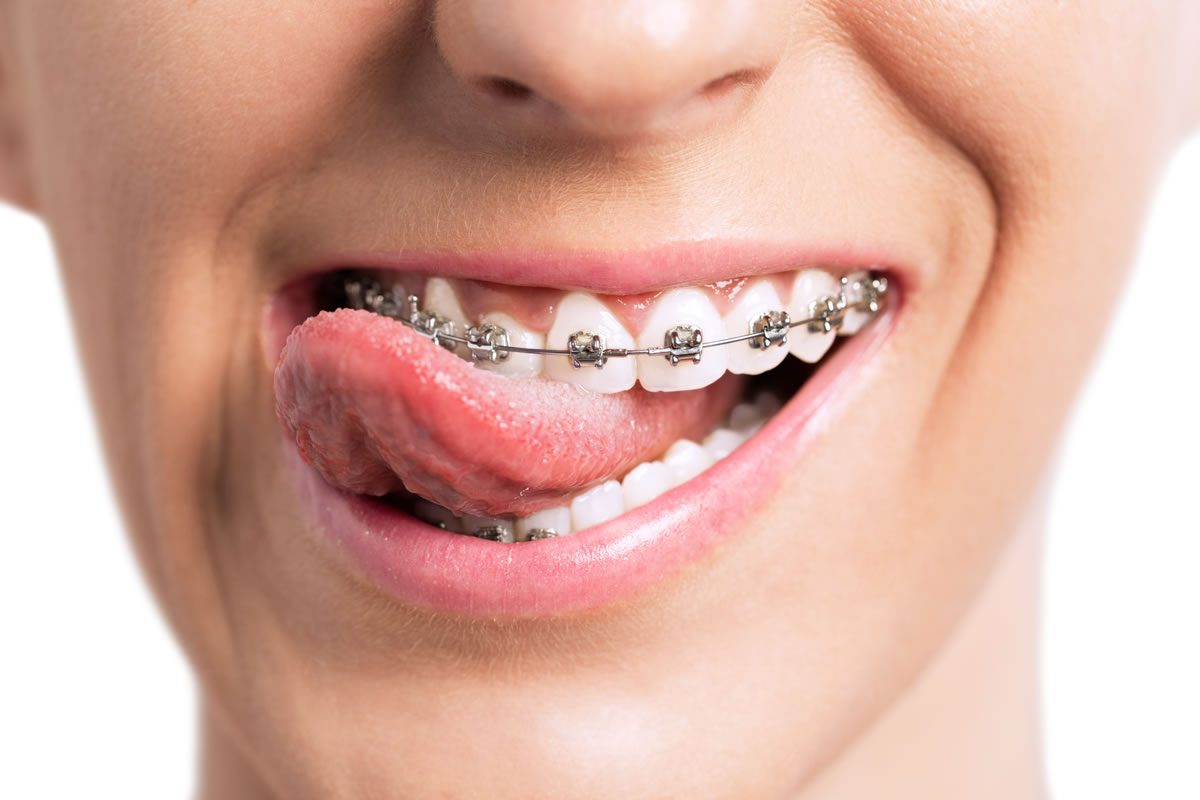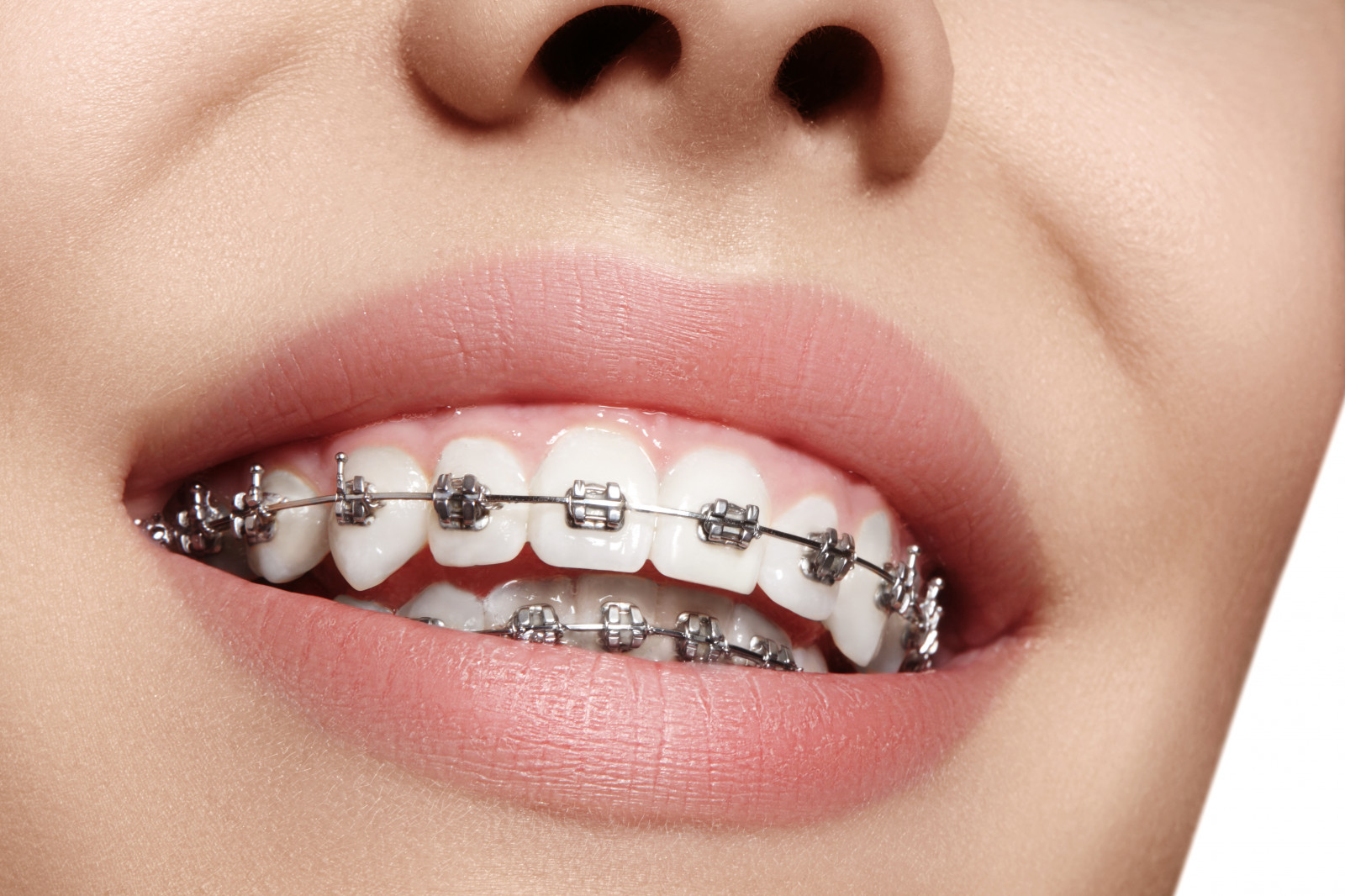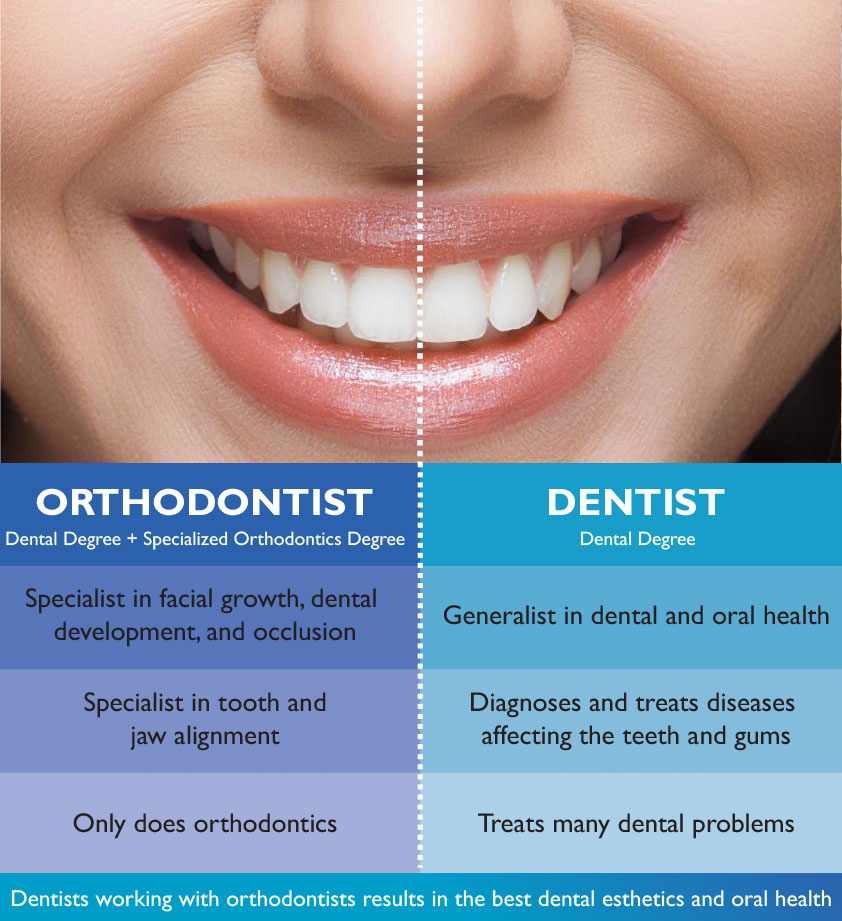The Single Strategy To Use For Causey Orthodontics
The Single Strategy To Use For Causey Orthodontics
Blog Article
Causey Orthodontics Fundamentals Explained
Table of ContentsAn Unbiased View of Causey OrthodonticsThe Basic Principles Of Causey Orthodontics Not known Facts About Causey OrthodonticsSome Known Factual Statements About Causey Orthodontics Getting My Causey Orthodontics To Work
Neglecting occlusal relationships, it was normal to get rid of teeth for a range of oral problems, such as malalignment or congestion. The principle of an intact dentition was not commonly valued in those days, making bite connections appear pointless. In the late 1800s, the concept of occlusion was essential for developing reliable prosthetic substitute teeth.As these principles of prosthetic occlusion proceeded, it ended up being an important tool for dentistry. It was in 1890 that the work and influence of Dr. Edwards H. Angle started to be felt, with his contribution to modern-day orthodontics especially noteworthy. Focused on prosthodontics, he showed in Pennsylvania and Minnesota before routing his attention in the direction of oral occlusion and the treatments needed to preserve it as a regular condition, thus coming to be known as the "daddy of modern-day orthodontics".

The principle of ideal occlusion, as postulated by Angle and included into a category system, enabled a change towards treating malocclusion, which is any discrepancy from normal occlusion. Having a complete collection of teeth on both arches was very demanded in orthodontic therapy due to the need for specific connections in between them.
The Basic Principles Of Causey Orthodontics
As occlusion became the vital top priority, face percentages and looks were ignored - orthodontist services. To achieve excellent occlusals without using outside pressures, Angle proposed that having ideal occlusion was the very best means to gain optimal face aesthetics. With the death of time, it ended up being quite apparent that also a phenomenal occlusion was not suitable when thought about from an aesthetic viewpoint
Charles Tweed in America and Raymond Begg in Australia (that both studied under Angle) re-introduced dentistry removal into orthodontics throughout the 1940s and 1950s so they can enhance face esthetics while also making certain better security concerning occlusal partnerships. In the postwar period, cephalometric radiography begun to be made use of by orthodontists for gauging changes in tooth and jaw placement triggered by growth and treatment. It came to be noticeable that orthodontic treatment might adjust mandibular development, resulting in the formation of useful jaw orthopedics in Europe and extraoral pressure steps in the US. Nowadays, both practical home appliances and extraoral devices are applied around the world with the goal of changing growth patterns and forms. Pursuing true, or at the very least boosted, jaw partnerships had actually come to be the main purpose of therapy by the mid-20th century.
What Does Causey Orthodontics Mean?
 The American Journal of Orthodontics was created for this objective in 1915; before it, there were no clinical objectives to comply with, nor any kind of specific classification system and braces that lacked functions. Till the mid-1970s, braces were made by wrapping steel around each tooth. With advancements in adhesives, it ended up being feasible to rather bond metal brackets to the teeth.
The American Journal of Orthodontics was created for this objective in 1915; before it, there were no clinical objectives to comply with, nor any kind of specific classification system and braces that lacked functions. Till the mid-1970s, braces were made by wrapping steel around each tooth. With advancements in adhesives, it ended up being feasible to rather bond metal brackets to the teeth.Andrews provided an informative definition of the excellent occlusion in permanent teeth. This has had significant results on orthodontic therapies that are administered frequently, and these are: 1. Right interarchal connections 2. Proper crown angulation (tip) 3. Correct crown inclination (torque) 4. No turnings 5. Tight get in touch with points 6. Flat Contour of Spee (0.02.5 mm), and based on these principles, he found a treatment system called the straight-wire home appliance system, or the pre-adjusted edgewise system.
The benefit of the layout hinges on its bracket and archwire combination, which calls for just very little cable bending from the orthodontist or clinician (orthodontist expert). It's aptly named hereafter attribute: the angle of the port and density of the brace base inevitably establish where each tooth is positioned with little demand for added control
Facts About Causey Orthodontics Revealed
Both of these systems used similar brackets for each and every tooth and demanded the bending of an archwire in three aircrafts for finding teeth in their preferred positions, with these bends determining supreme placements. When it concerns orthodontic appliances, they are separated into two kinds: detachable and dealt with. Removable devices can be tackled and off by the individual as required.

Therefore, mostly all modern-day fixed appliances can be taken into consideration variants on this edgewise home appliance system. Early 20th-century orthodontist Edward Angle made a significant contribution to the globe of dentistry. He created 4 unique appliance systems that have been made use of as the basis for several orthodontic treatments today, barring a couple of exemptions.
The Ultimate Guide To Causey Orthodontics

The cable ended in a thread, and to relocate onward, a flexible nut was used, which allowed for a rise in circumference. By ligation, each individual tooth was connected to this extensive archwire (orthodontist expert). Due to its minimal series of activity, Angle was not able to achieve exact tooth positioning with an E-arch
These tubes held a firm pin, which could be rearranged at each appointment in order to relocate them in place. Referred to as the "bone-growing home appliance", this gizmo was thought to urge healthier bone development due to its possibility for transferring pressure directly to the origins. Applying it confirmed bothersome in truth.
Report this page